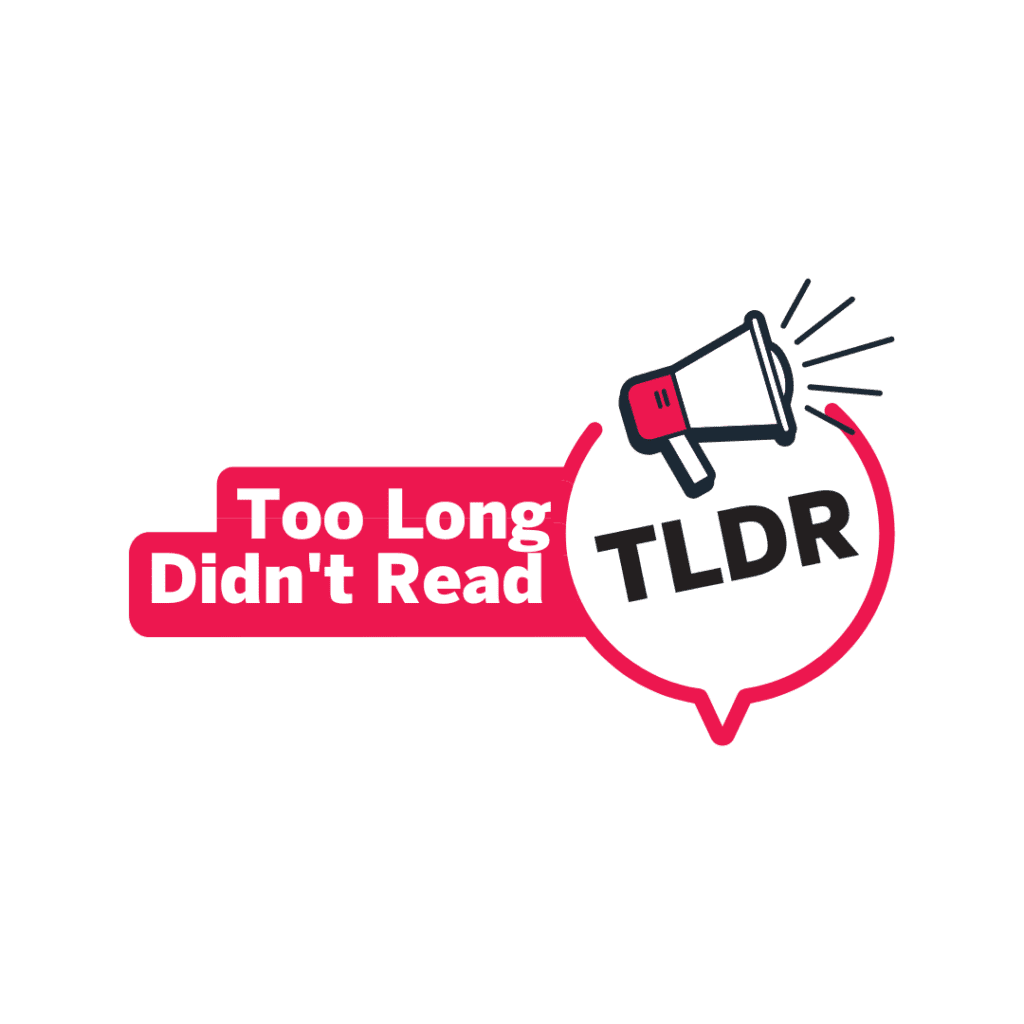

Project summary
The project was designed to explore the impacts of a new, $613.7-million, publicly-financed arena development (Rogers Place, the home of the National Hockey League’s Edmonton Oilers) in downtown Edmonton on inner city community members, many of who are experiencing homelessness and are disproportionately Indigenous. Our research uncovered a deficient Community Benefits Agreement (CBA), between the City of Edmonton and the Edmonton Oilers that lacks provisions that could help mitigate the impacts of gentrification on pre-existing community members and businesses. We also observed systematic changes to community policing and security in the downtown core and around Rogers Place, including increased surveillance on community members, as well as the displacement of community members from social housing near the arena. However, our research also discovered that community members, in turn, developed new strategies of resilience, and, at times, resistance to the increased police presence in their community, and to the broader changes to the inner city associated with gentrification.
Research methods
The first part of this research project occurred between 2016-19, and drew upon participatory action research to explore the arena-related CBA, as well as the impacts of the arena development on the inner city. We had envisioned the development of a collaborative research collective with students from the University of Alberta’s Humanities Program, which offers free, non-credit university-level courses for individuals living in Edmonton’s downtown and surrounding areas who have traditionally been unable to access post-secondary education for a variety of reasons including economic, institutional and social barriers, among others. We spent 2016 and 2017 developing relationships with learners, and graduate student research assistants developed and delivered a community research seminar series in the Winter 2018.
The second part of the research project consisted of a classic urban ethnography. Between 2016-18, our research team conducted over 50 “arena walks” prior to, during, and after Edmonton Oilers home games at Rogers Place to explore the impacts of the development on community members. We also conducted an additional 40 interviews with community members and social service workers about the creation of the arena-related CBA, and to explore their perspectives about the uneven impacts of the arena development.
Research results
Students in the community research seminar series learned about research methods, research ethics, politics of community-based research and developed individual and small group research projects related to issues of gentrification in the city core. All of this culminated in a highly successful, first ever Humanities conference held in May 2018 at the University of Alberta. Approximately 15 learners did conference presentations, artistic productions, and led a downtown homeless walk for interested attendees. Approximately 150 people including other Humanities programs in Calgary, Victoria, and Vancouver (both staff and learners) attended the conference.
Throughout our interviews, we discovered that inner city community members were not genuinely included in the creation of a Community Benefits Agreement (CBA) that could have mitigated the impacts of gentrification, including the loss of social housing near Rogers Place. Moreover, at a broader level, meaningful public consultation with inner city community members over the construction of Rogers Place never occurred. Community members expressed significant anger about the development itself and over the loss of housing and the increased police presence in the area. They also expressed substantial anxiety about the potential loss of social services and networks of support as the area continues to gentrify; they noted that this would represent a continuation of a traumatic cycle of abandonment and displacement in their lives. Innumerable Indigenous community members underlined that the historical cycle of containment and displacement of Indigenous Peoples was simply repeating as a new, gentrified community was developed in downtown Edmonton.
We observed systematic changes to community policing and security in the downtown core and around Rogers Place, including increased surveillance on community members who are experiencing homelessness. On a number of occasions, these individuals were “encouraged” by police and private security, to leave the area on game nights and to avoid interacting with hockey fans. However, our research also discovered that community members, in turn, developed new strategies of resilience, and, at times, resistance to the increased police presence in their community, and to the broader changes to the inner city associated with gentrification.
Policy and program implications
Perhaps the most significant policy and program implication that can be derived from our research is the need for municipal governments to develop genuinely inclusive, and legally binding CBAs for these types of large-scale urban sport developments. Because the Edmonton arena CBA was created between the City of Edmonton and the Edmonton Oilers with minimal community consultation whatsoever, it contains none of the provisions that have been implemented in other cities to mitigate the impacts of gentrification on pre-existing community members and businesses (e.g., living wage jobs; affordable housing; contributions to community amenities, etc.). Any future developments associated with Rogers Place, and the broader “Ice District” arena development, must include a new CBA developed in creative collaboration with community members.
The community rink attached to Rogers Place, which was originally envisioned by the City of Edmonton as a community benefit associated with the broader arena development, remains woefully under-utilized; it is also “out of bounds” for many racialized community members who make use of various social service agencies that are located in close proximity to Rogers Place. New policies and procedures need to be implemented to facilitate access to this facility.
Finally, there needs to be an ongoing dialogue between police, private security, and community members about issues around policing in the inner city, especially in the context of concerns about racial profiling and carding in Edmonton. Police and private security may also benefit from additional training in terms of interacting with community members to ensure their safety on game nights.
Next steps
There is a need for long-term research on the impacts of gentrification in downtown Edmonton and on the displacement of community members. Likewise, there is a need to explore these issues from other sites throughout the city, as individuals who are experiencing homelessness increasingly seek shelter and safety outside of the gentrifying downtown core, especially in Edmonton’s river valley and in other communities across the city.